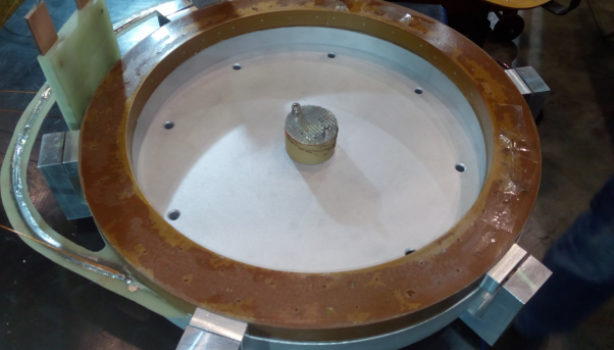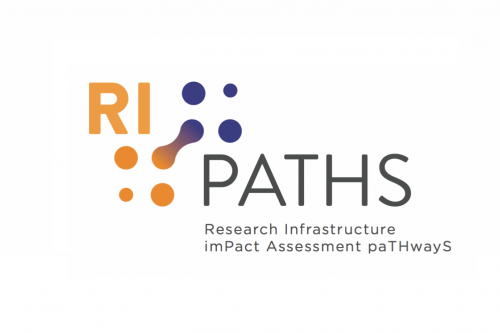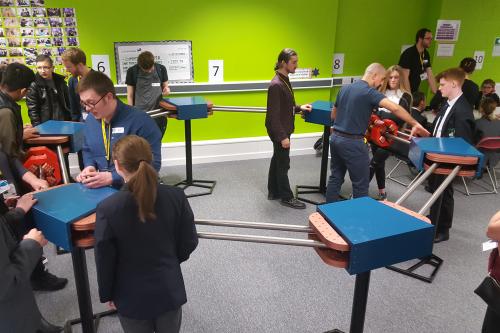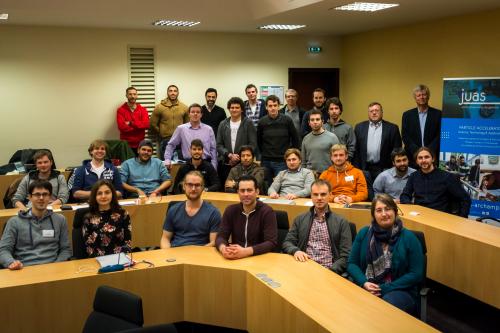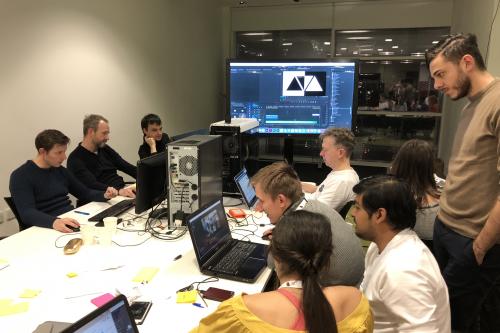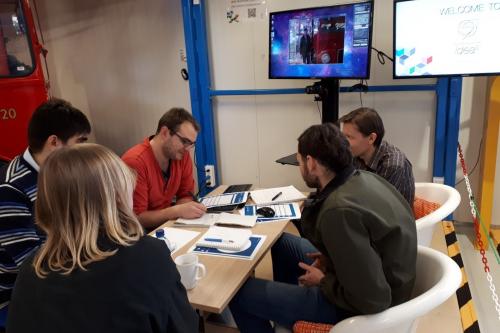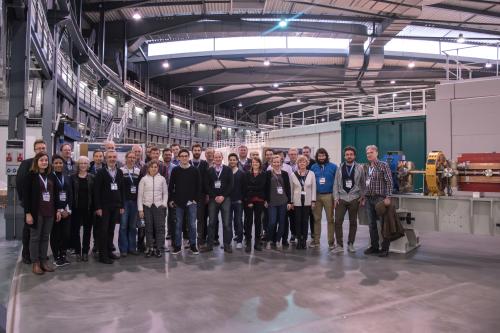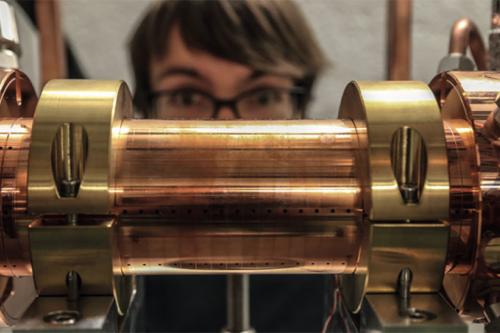March 2018
Breakthroughs in accelerator science and technology for basic research are often translated into applications that have the potential to address key economic and societal issues while engagement with the industry is crucial for developing the key components of future accelerators. In this issue you can read a report from the "Accelerator - Industry Co-Innovation" workshop to identify the opportunities and research challenges for next-generation accelerators, the most promising avenues for new R&D efforts and a path forward to stronger coordination between basic and applied research.
Continued innovation in accelerator science also depends on inspiring and educating the next generation of young scientists. This is precisely what the Joint Universities Accelerator School (JUAS) has been doing each year since 1994, celebrating last year its 25th anniversary. We also feature a story about the "Tactile Collider", developed by our colleagues from Cockfort Institute, a novel educational tool that can make the exciting science of accelerators accessible for visually impaired (VI) school children. You can also find out why "Antimatter Matters" and watch a stimulating video developed by the AVA (a Marie-Curie training network) researches. Finally, you will find a story about young researchers from the HiLumi and FCC projects, interested in innovation and entrepreneurship, who participated in a two-day course jointly organized with CERN's IdeaSquare and Knowledge Transfer group.
As always you can also read about the latest technological developments, including the first successful tests of a novel MgB2 superconductign coil, a novel scheme for the Target Dump Injection (TDIS) to ensure safer operation at the higher luminosities of HL-LHC and more advanced control systems required for future accelerators.
I hope that you will enjoy reading our new issue.
Panos Charitos
Editor-in-Chief
Accelerator-Industry Co-Innovation Workshop
Tools and strategies to enhance industry-academia cooperation in the particle accelerator community
A new step towards successful MgB2 superconducting coils
MgB2 coil successfully tested at LASA for the round coil superferric magnet correctors
Ensuring safer operation at higher luminosities
The higher bunch intensities and smaller beam emittances expected in HL-LHC call for a novel design of the Target Dump Injection (TDI)
Charting impact pathways of Research Infrastructures
Kick-off meeting of the H2020 “RI-PATHS” project in Brussels.
Tactile Collider
Sensory exploration of LHC science for children with visual impairment
25th edition of Joint Universities Accelerator School
Twenty-five years of training accelerator scientists and going from strength to strength
Intelligent Control Systems for Particle Accelerators
Artificial Intelligence paves way for entirely new ways to operate big science facilities
AVA – Training (anti)matters
Early stage AVA researchers benefit from established and bespoke training events
Education for innovation in Hilumi and FCC
What’s in it for innovators in Hilumi and FCC? Twenty young researchers interested in innovation and entrepreneurship participated in this two-day course.
Different techniques of emittance measurements for SLS and FELs
The status of different techniques and some new approaches of emittance measurements for SLS and FELs were analyzed in a topical workshop at ALBA.
Setting up a South-East Europe International Institute for Sustainable Technologies
CERN’s model of ‘science for peace’ is being adopted in the set up of a new research infrastructure: The South-East Europe International Institute for Sustainable Technologies (SEEIIST).
CLIC technology lights the way to compact accelerators
What if accelerators could be more compact and more cost-effective?

